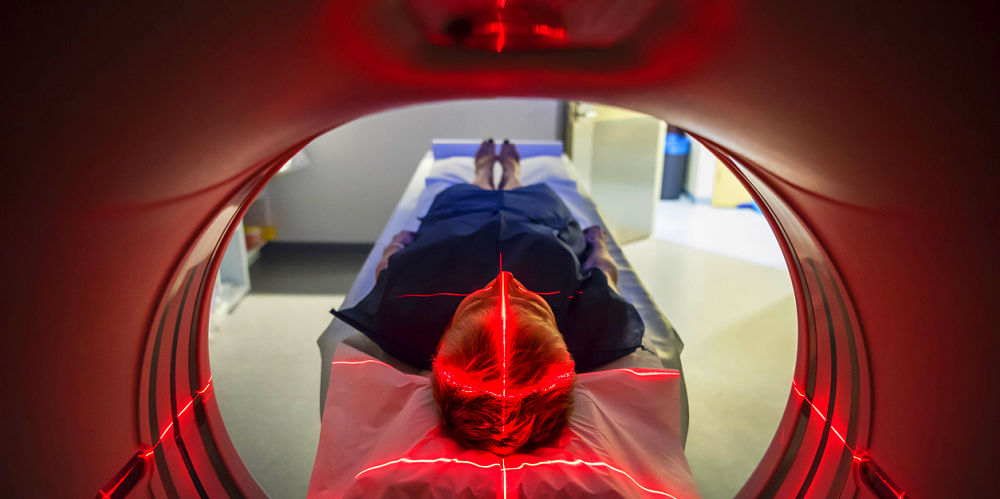Acadia Healthcare Company (
Headquartered in Tennessee, it operated 584 facilities with approximately 17,800 beds at the end of Q1 2018. About two-thirds of revenue comes from government payors, including almost all its U.K. revenue. Its U.S. revenue is split about 60%/40% between public and private pay.
Acadia was founded in 2005 and has grown mainly through acquisitions. The company is heavily indebted and has spent its last two years in a sort of “digestion” mode after a huge flurry of activity in 2016, during which it grew by approximately 50%.
2018 is off to a good start so far. Q1 sales increased 9%, and GAAP EPS increased 45%. The current growth strategy focuses on adding capacity to existing facilities, building new facilities, and entering into joint ventures with established hospital systems.
We greatly prefer this more deliberate, self-funded growth model to the old acquisition-driven one. For fiscal 2018, the company’s guidance contemplates 7%-8% revenue growth with EPS growth of 8%-9%. We would expect to see more leverage over time and wonder whether EPS guidance is a little conservative for 2018, especially considering the strength seen in Q1.
Execution risk is always high in healthcare, and doubly-so considering the company’s substantial debt position, but we think there is a good chance that Acadia is ultimately the leading player in one of the healthcare service industry’s most interesting areas.
Behavioral health is complex, and payors seem to appreciate it as an area of tremendous need. While healthcare budgets are always stretched, payors appear willing to “lean into” the markets that Acadia serves. The debt load is high at about 5x EBITDA. Rising interest rates are clearly a risk. About half of the company’s debt is priced at a floating rate based on LIBOR.
We model 12% compound EPS growth, which would generate EPS of $4.35 in five years. That figure, combined with a high P/E of 20, generates a high price of 87.
For a low price, we apply a low P/E of 15 to trailing 12-month EPS of $2.05, which is adjusted for a normalized tax rate of 25%. This yields a low price of 31. On that basis, the upside/downside ratio is 3.4 to 1.
Subscribe to Doug Gerlach’s Investor Advisory Service here…
This article was originally published by MoneyShow.com: Founded in 1981, MoneyShow is a privately held financial media company headquartered in Sarasota, Florida. As a global network of investing and trading education, MoneyShow presents an extensive agenda of live and online events that attract over 75,000 investors, traders and financial advisors around the world.




